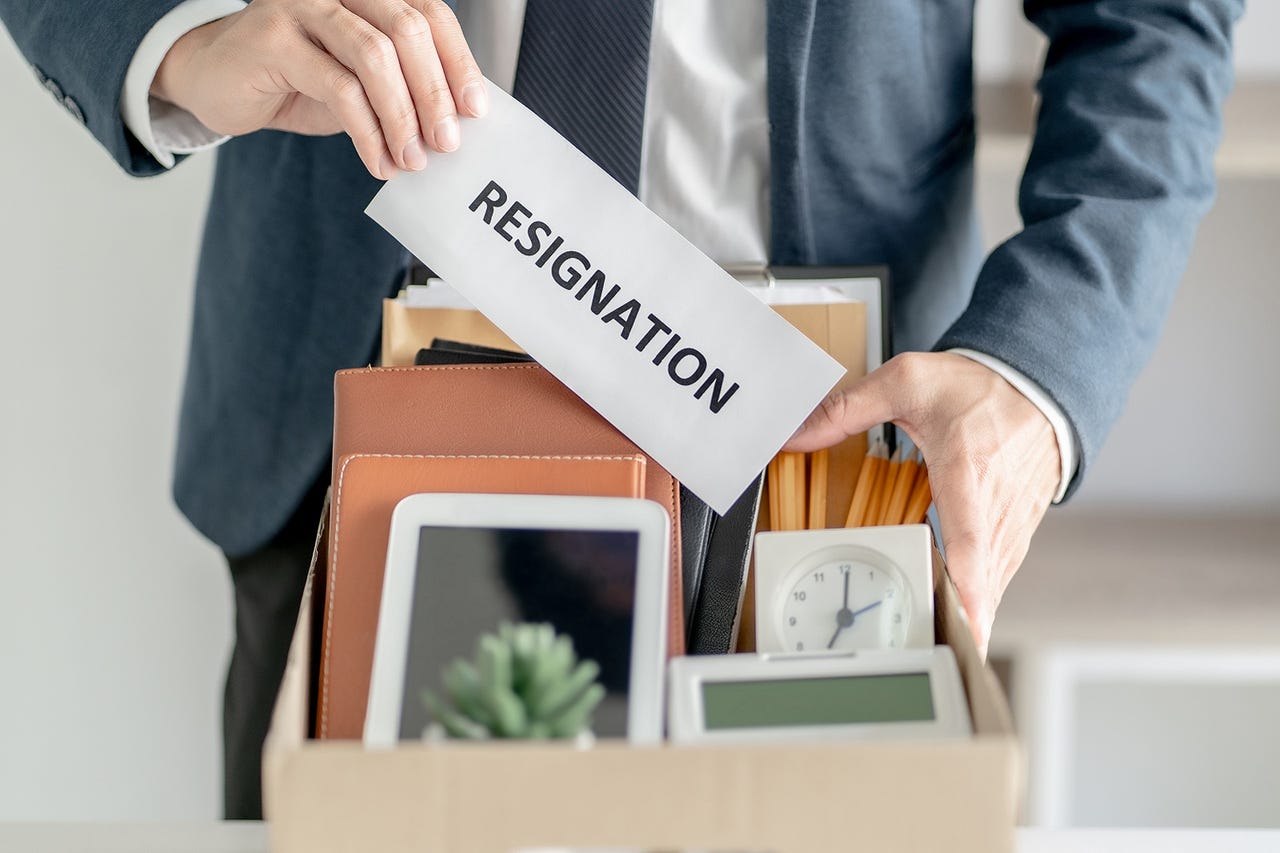































Leaving a job is never easy. No matter your reason for leaving (accepting another job offer, retirement, experiencing burnout or other health issues, etc.), the experience can feel anxiety-inducing and awkward.
That includes crafting a resignation letter before you leave for good. What do you need to say, and how should you say it?
The good news is that a resignation letter does not need to be long, labored over, or detailed. The key to a great resignation letter is nailing the tone: thoughtful, concise, and grateful.
Read on for some useful tips on structuring and writing the perfect professional resignation letter.
A resignation letter is a written notice that you are leaving an employer, typically sent at least two weeks before your departure.
This formal communication is important for several reasons:
No matter where you work, for however long, sending a resignation letter is the professional thing to do before starting a new job.
A professional resignation letter is brief, polite, and thoughtful. Choose your words carefully and avoid airing any grievances to:
Avoid burning bridges because you never know how those actions may negatively impact your opportunities or career.
Submit your resignation letter two to four weeks before beginning your new job. If you have a good relationship with your boss, discuss your resignation beforehand to figure out how to handle the transition.
Situations can arise where giving proper notice is not feasible, such as needing to attend training for your new job almost immediately. In these situations, give written notice as soon as possible while explaining the circumstances.
You should almost always deliver your resignation letter in person.
In some circumstances, it may be acceptable to mail your resignation letter or deliver it via email, such as when your boss works in another office or when you work remotely. Some companies may even require you to submit your resignation as an email.
 Chalirmpoj Pimpisarn / EyeEm / Getty Images
Chalirmpoj Pimpisarn / EyeEm / Getty Images A standard resignation letter includes three brief paragraphs with a standard greeting, closing, and your contact information. You need to provide basic information, express gratitude, and tie up loose ends.
Your contact information
Your contact information should be at the top of your letter. Use a standard business header giving your name, physical address, phone number, and email address.
Your intent to resign
Start by telling your boss of your intention to leave the company. Use a polite, respectful, to-the-point tone. Don't go over the top with phrases like "It is with a heavy heart that I must tell you
 Tags chauds:
Tags chauds: